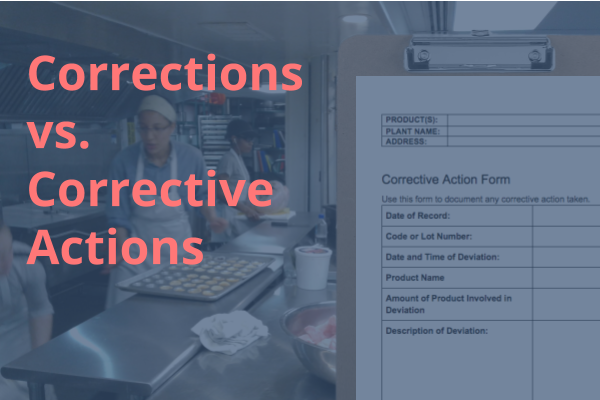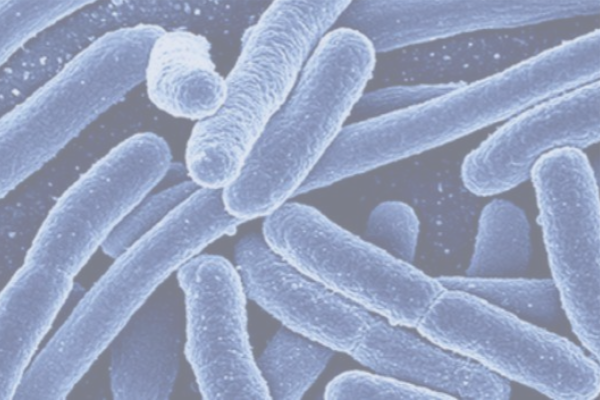What You Need to Know
Correction
A correction means taking action in a timely manner to identify and correct a minor and isolated problem that does not directly impact product safety.
Examples of corrections include:
Re-cleaning the production line if it appears dirty after the first clean.
An employee is asked to leave the production area and put on the proper attire before re-entering the production area.
The temperature of a walk-in refrigerator is adjusted because it is a time of high traffic and the temperature is approaching the critical limit.
Corrections occur in the moment and don't require any documentation
Corrective Action
A corrective action is a procedure that must be taken if a corrective action is not properly implemented. This must be documented and the record should describe:
What occurred
How the problem was corrected
How it will be avoided in the future
What was done with the product in question
Examples where corrective action is required include:
A sample of canned salsa is tested and the pH exceeds the requirement of <4.3.
A refrigerator is found to have exceeded the temperature requirement of ≤41ºF for several hours.
The producer of bottled juice realizes that during the last production run, numerous bottles were not properly sealed by the capping machine, possibly due to defective packaging.
For more about corrective actions, see our full guide
Correction or Corrective Action?
The following examples illustrate how an operator may choose between a correction and a corrective action
| Scenario | Type of Action Required | Why | Recommended Action |
|---|---|---|---|
| Cookies on a conveyer oven are finished in 8 minutes instead of the required 10 minute cook time | Corrective Action | The cook step is (presumably) a preventive control used to kill bacteria present in raw cookie dough. Because the product failed to achieve the 10 minute cook time, then the preventive control has failed and a corrective action is required. | 1. Adjust the belt temperature to reseet to 10 minute cook time. 2. Test to confirm the belt speed has increased the cook time to 10 minutes. 3. Re-cook the cookies for an additional 2 minutes (or discard) 4. Record this on a corrective action form. |
| Cookies on a conveyer oven are completed in 12 minutes instead of the required 10 minute cook time | Correction | Since the product was overcooked, it still achieved the preventive control that requires a >10 minute cook time. | Adjust the belt speed to reduce the cook time to 10 minutes. Consider testing the overcooked product for quality |
| Sheet pans are observed to be unclean immediately after being run through the dishwasher | Correction | This is a minor problem that poses no risk to the safety of the food if it is corrected. | Re-run the dishes through the dishwasher and confirm they are clean. |
| The dispenser for dishwasher sanitizer chemical is discovered to be empty after a day of production | Corrective Action | It is possible that many utensils and dishes were used in production without having been sanitized. This directly impacts food safety of product that was produced and so corrective action should be taken. | 1. Refill the sanitizer chemical in the dish machine and confirm it is being applied during the cycle. 2. Assess why the sanitizer ran out and whether chemical levels should be checked more frequently to avoid this problem recurring. 3. Evaluate the food that contacted the un-sanitized utensils/dishes and determine whether it should be discarded, re-worked or served. If the food cannot be proven to be safe then it should be discarded. |

































